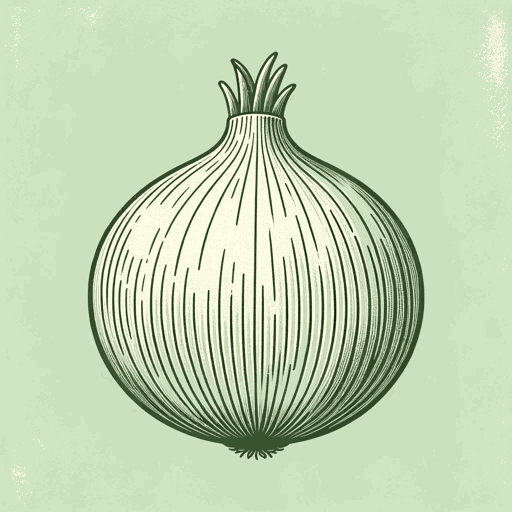74 pages • 2 hours read
Gary SotoLiving Up The Street
Nonfiction | Essay Collection | YA | Published in 1985A modern alternative to SparkNotes and CliffsNotes, SuperSummary offers high-quality Study Guides with detailed chapter summaries and analysis of major themes, characters, and more. For select classroom titles, we also provide Teaching Guides with discussion and quiz questions to prompt student engagement.
Themes
Poverty, Race, and Identity
Poverty is a constant theme in many of the stories. In the first half of the book, Soto lives in the impoverished industrial side of Fresno, where the houses are dilapidated and set against the dirty, concrete backdrop of factories. His single mother works tiring hours picking grapes and laboring in the nearby factories to provide her family with the necessities of life. Although Soto enjoys his childhood playing with neighbors and getting into fights, as an adult he says that the constant threat of hunger he faced as a child caused him to have a fear of poverty—a fear that a financial crisis would hit and everything would be lost.
For Soto, poverty is intrinsically linked to his perception of race. Growing up, Soto is surrounded by Mexican, Chicano (American but with Mexican roots), and Okie (poor farmers who fled the plains during the Great Depression to settle in California) families. These families all live in poverty; meanwhile, Soto sees affluent white families on TV. In this way, Soto begins to equate poverty with race: Mexicans are poor and white people are wealthy. He vocalizes this idea when he tells his mother that he won’t pick grapes with her anymore because he doesn’t want to “stoop like a Mexican” (106).
Related Titles
By Gary Soto








